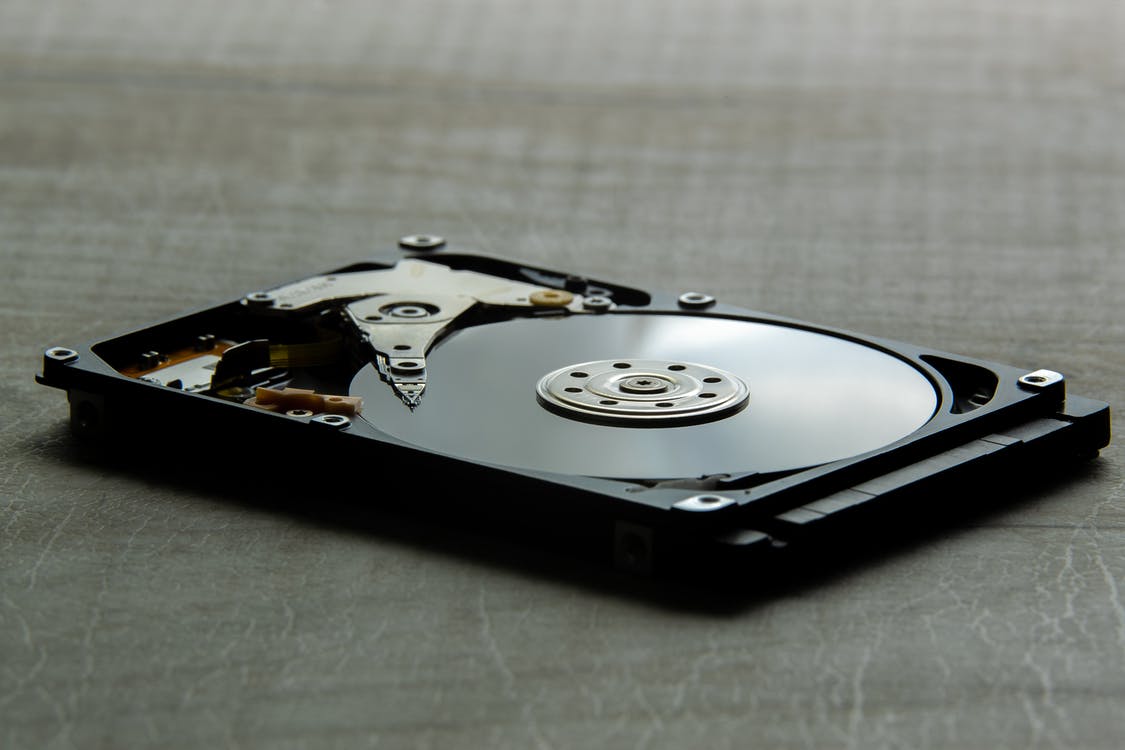

No robots used, our articles are crafted by humans under strict Editorial Guidelines.
Written by Odysseas Kourafalos Odysseas Kourafalos Editor-in-Chief • 26 articles Odysseas Kourafalos, as the writer and chief editor at Handy Recovery, specializes in complex data recovery topics. Joining the team in late 2020, Odysseas quickly distinguished himself with his remarkable ability to grasp new topics rapidly and thoroughly. His meticulous approach to research and testing, which spans the entire spectrum from A to Z, rivals the precision of our QA specialists. LinkedIn Approved by Andrey Vasilyev Andrey Vasilyev Editor Andrey Vasilyev is an Editorial Advisor for Handy Recovery. Andrey is a software engineer expert with extensive expertise in data recovery, computer forensics, and data litigation. Andrey brings over 12 years of experience in software development, database administration, and hardware repair to the team. LinkedIn
Need personalized advice? Share your issue and get tips from others in our community section. Table of ContentsYou kept working on a file, saved a new version, but decided you preferred one of its previous versions. Or maybe you’ve deleted a directory filled with old files, and after replacing its contents with “new stuff”, realized you needed one of them. Perhaps an OS installation ISO.
We could go on with various examples, all leading to the same question: can you get your old, seemingly overwritten data back? Is it possible to recover replaced files?
Although the technical answer is “no”, sometimes “yes” is a realistic possibility. Let’s see when, and more importantly, how.
If we told you that it’s possible to recover truly overwritten files, strictly from a technical standpoint, we’d be lying. At least, if talking about the literal meaning of the phrase “overwritten files”.

The easy way to understand why is by picturing your available storage as a series of empty containers like packing boxes. Each of those boxes is called a “cluster” (hence the “cluster size” setting when formatting a storage device), and a file can occupy more than one, depending on its size.
A file is really overwritten only when the following apply:
We talked about clusters because even if a file is partially overwritten, it might be possible to recover its parts that haven’t been overwritten. The parts that reside in clusters that haven’t been re-used.
You’re not interested in restoring overwritten files to their past glory, but in locating lost files that somehow disappeared instead? Make sure to check our guide on precisely how to find lost/missing/disappeared files (on Windows 10).
Even if it’s theoretically possible, how can you get back a file replaced by another file with the same name? How can you recover overwritten files or revert the ones you’re working on to a previous state?
Thus, even if your older files seem gone, there’s still (more than) a chance you can get them back. We’ve already covered many ways you can recover deleted files on Windows 10, but let’s see some approaches that might be better when dealing with overwritten files.
Did you update a document mere minutes ago but decided that you prefer it the way it was before and would like to revert it to a previous state? Maybe you can undo your way back to that optimal spot.
Most modern applications include undo functionality and have it mapped to the same shortcut: CTRL + Z . So, you can possibly revert the file you’re working on to a previous (but relatively recent) state by pressing CTRL + Z multiple times.
If you overdo it, you can also usually go the other way around: press either CTRL + Y or CTRL + Shift + Z to re-apply a change you undid.
If older versions of your files still linger in your storage and aren’t really deleted, a data recovery tool like Disk Drill can locate them and help you get them back.
To recover your files with Disk Drill, head over to its official site, download, and then install it like any other app. Run it, and then…
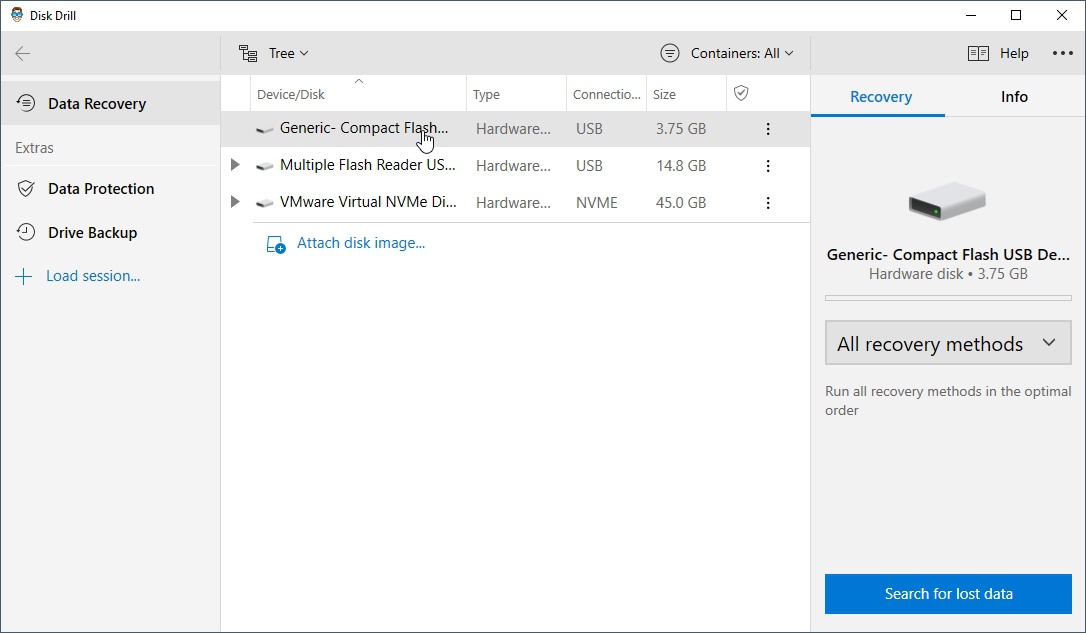
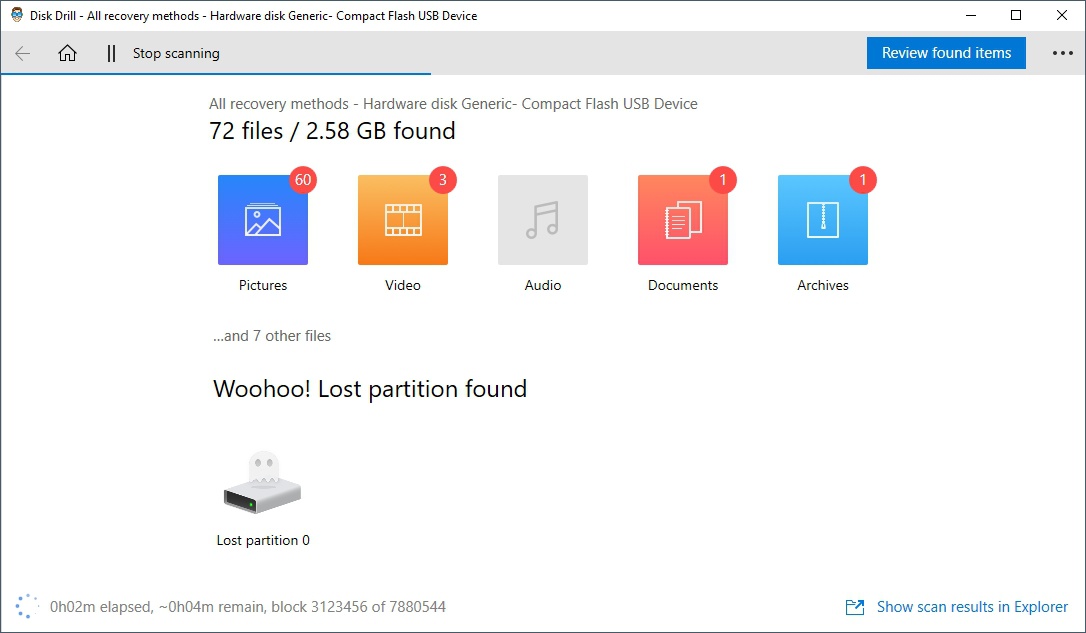
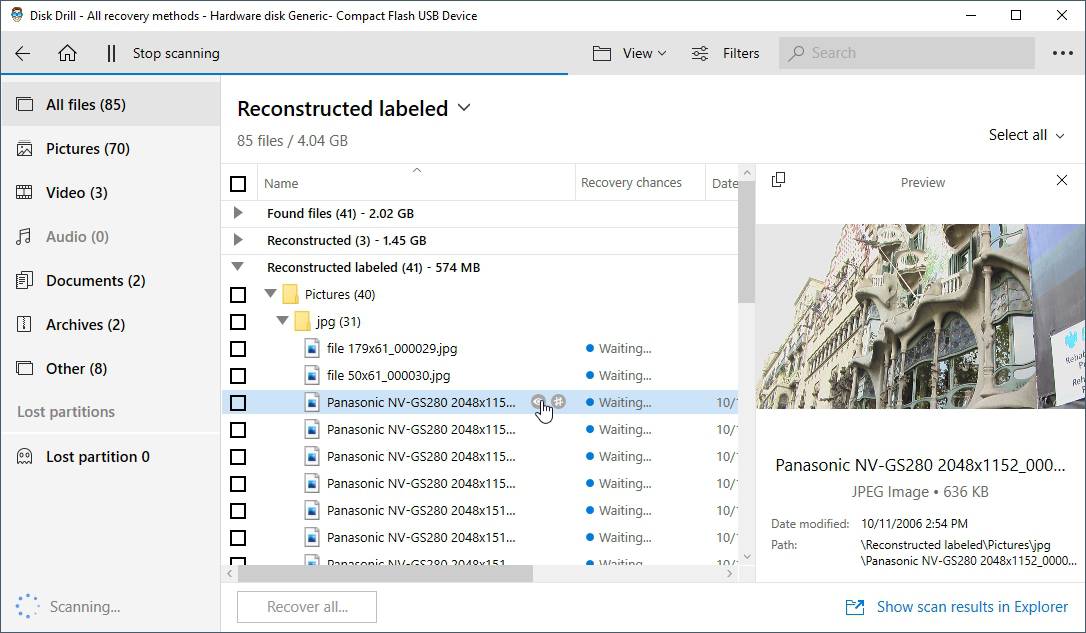
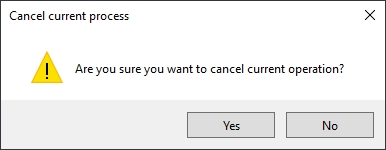
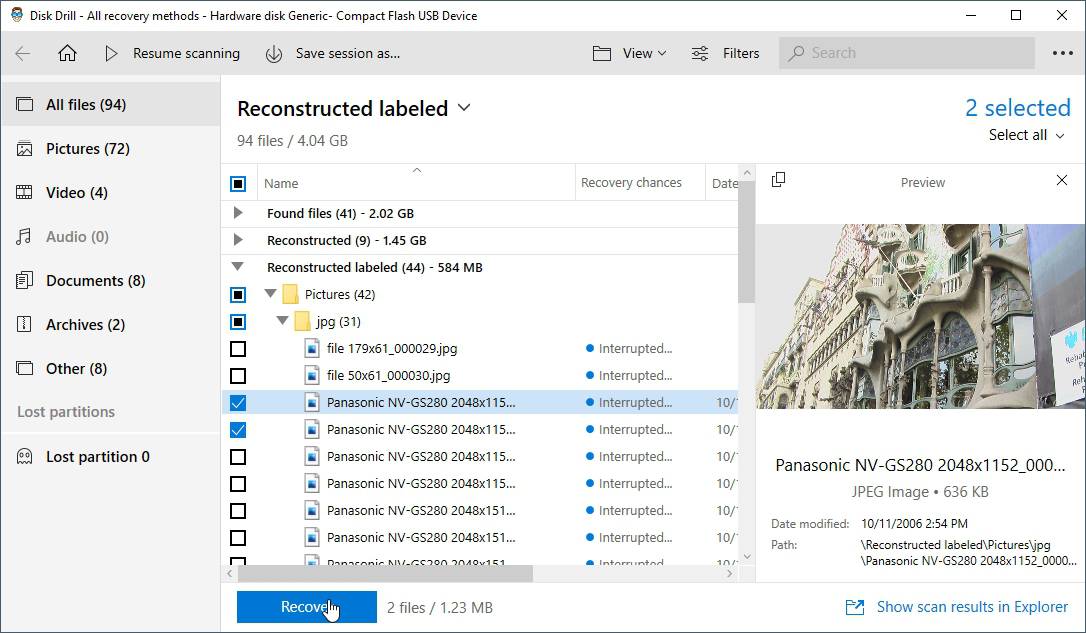
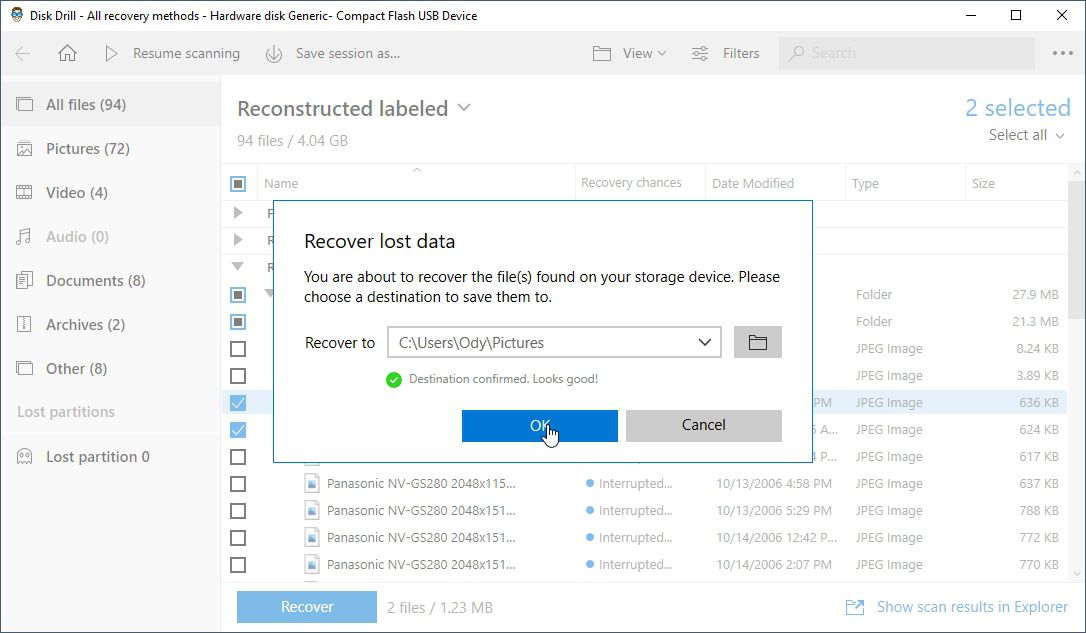
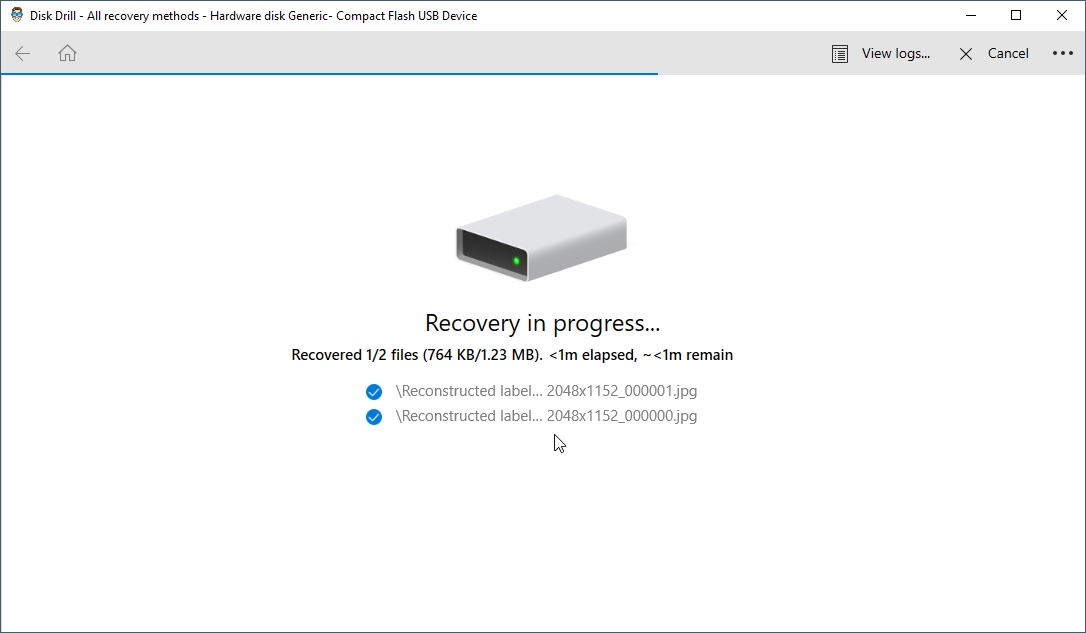
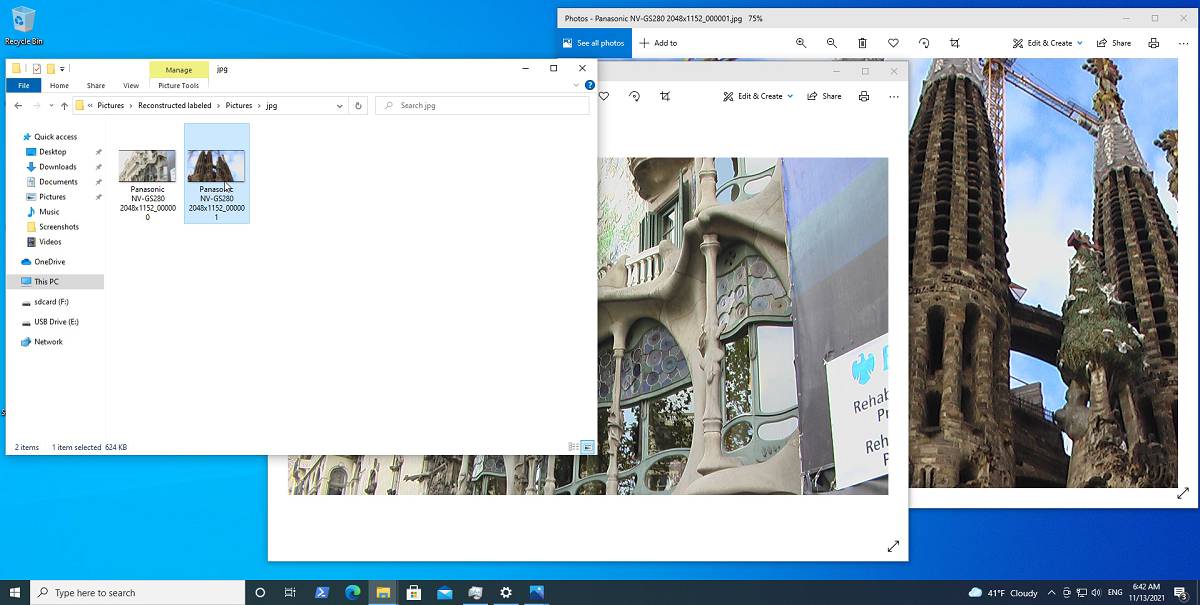
If your overwritten files were deemed necessary by the Operating System itself, maybe there are backups available thanks to Shadow Copy. Tied to Restore Points, Shadow copy can keep track of multiple versions of files, allowing you to restore their past incarnations.
For the feature to work, you should have created at least one Restore Point in the past and enabled protection on the volume where your files reside. To do that:
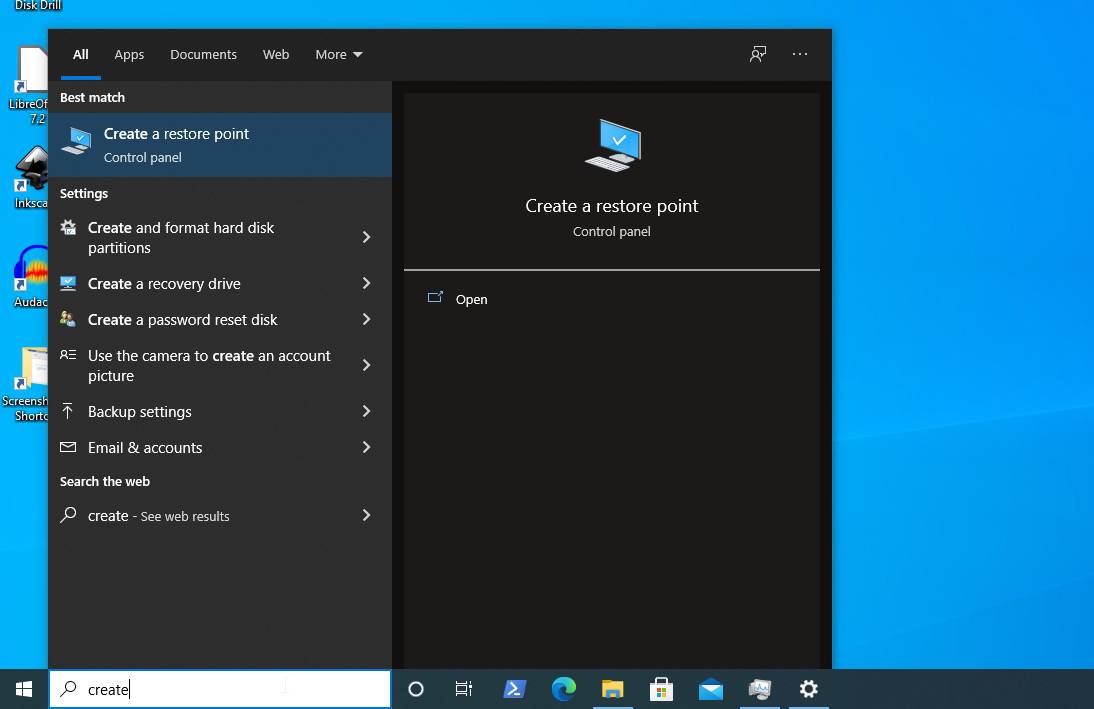
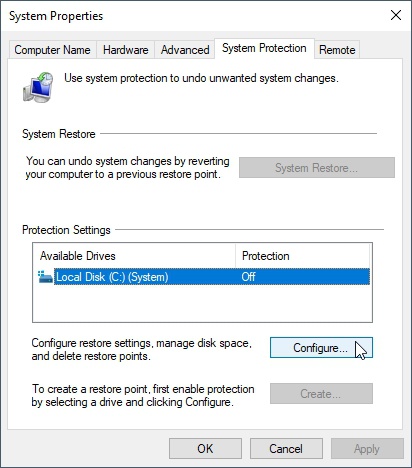
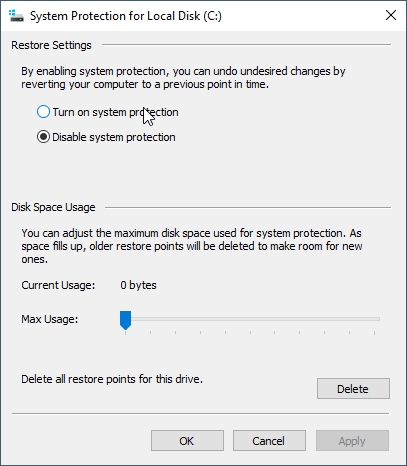
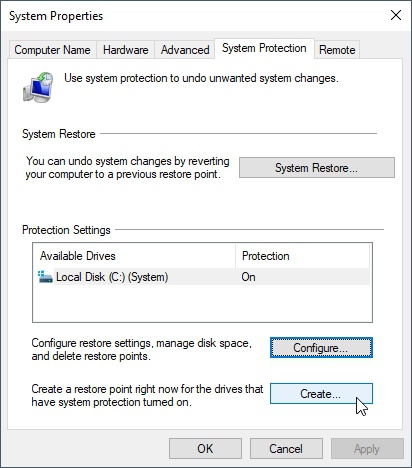
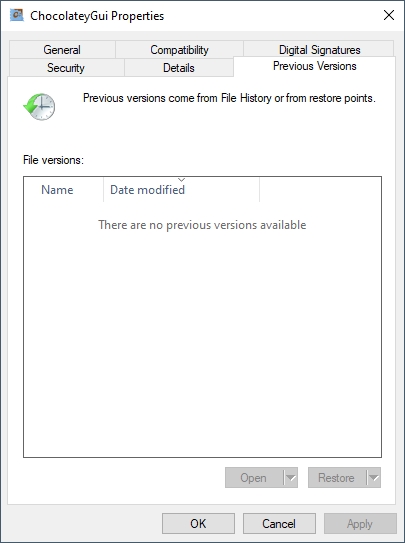
Many apps keep backups or previous versions of the files you create or edit in them. Let’s see how you can enable such features in the first place in some of the most popular pieces of software.
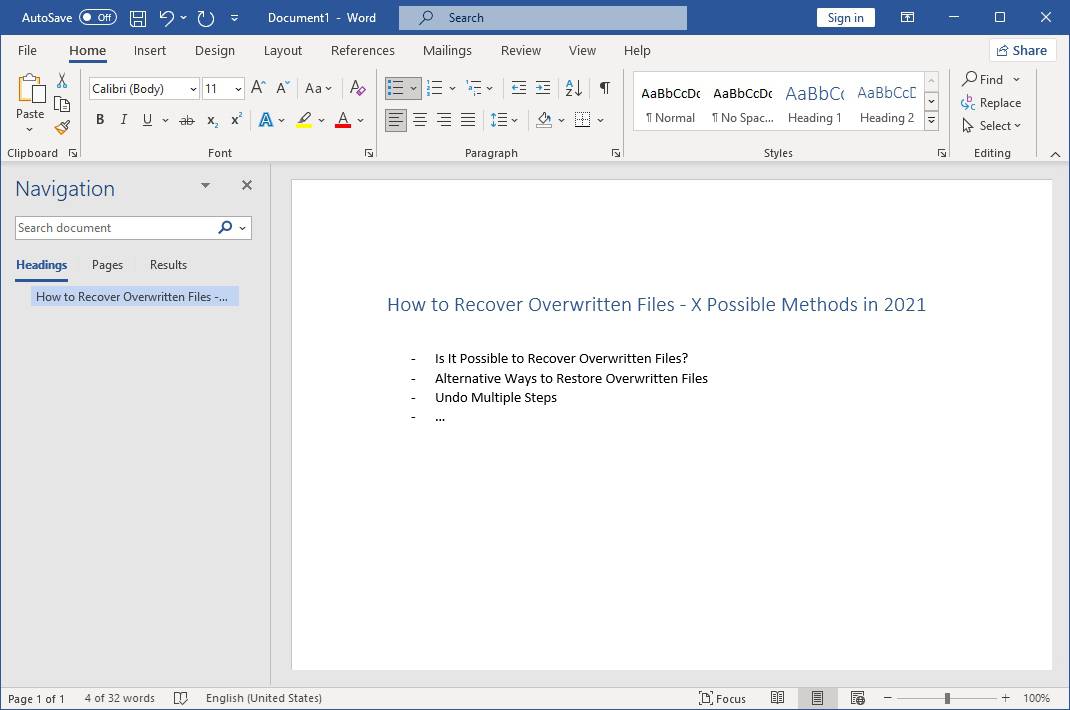
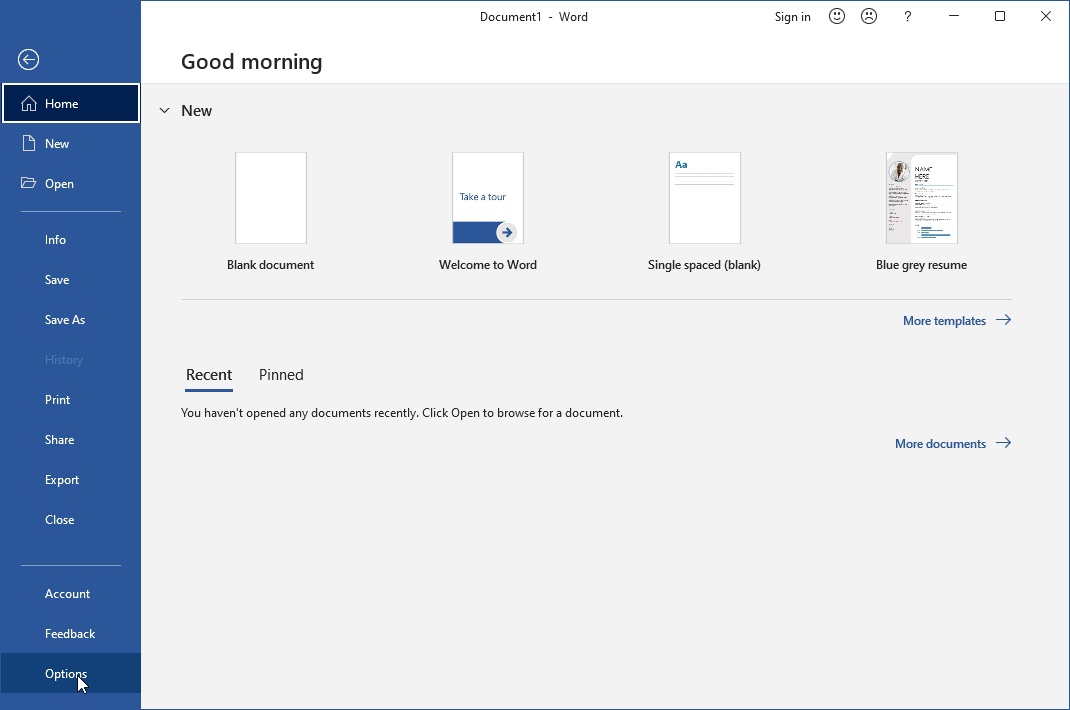
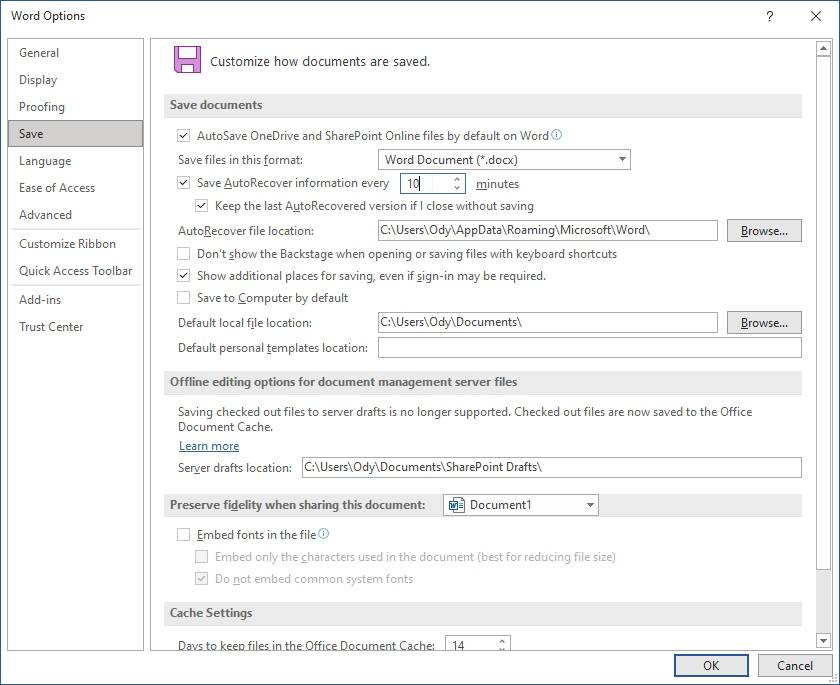
Still, there are even more ways to potentially get your files back, as we saw on our extensive tutorial on how to recover deleted or unsaved Word documents (on Windows).
💡 The same feature is available in other applications of Microsoft’s Office suite, like Excel. You can find it at a similar (or usually precisely the same) spot.
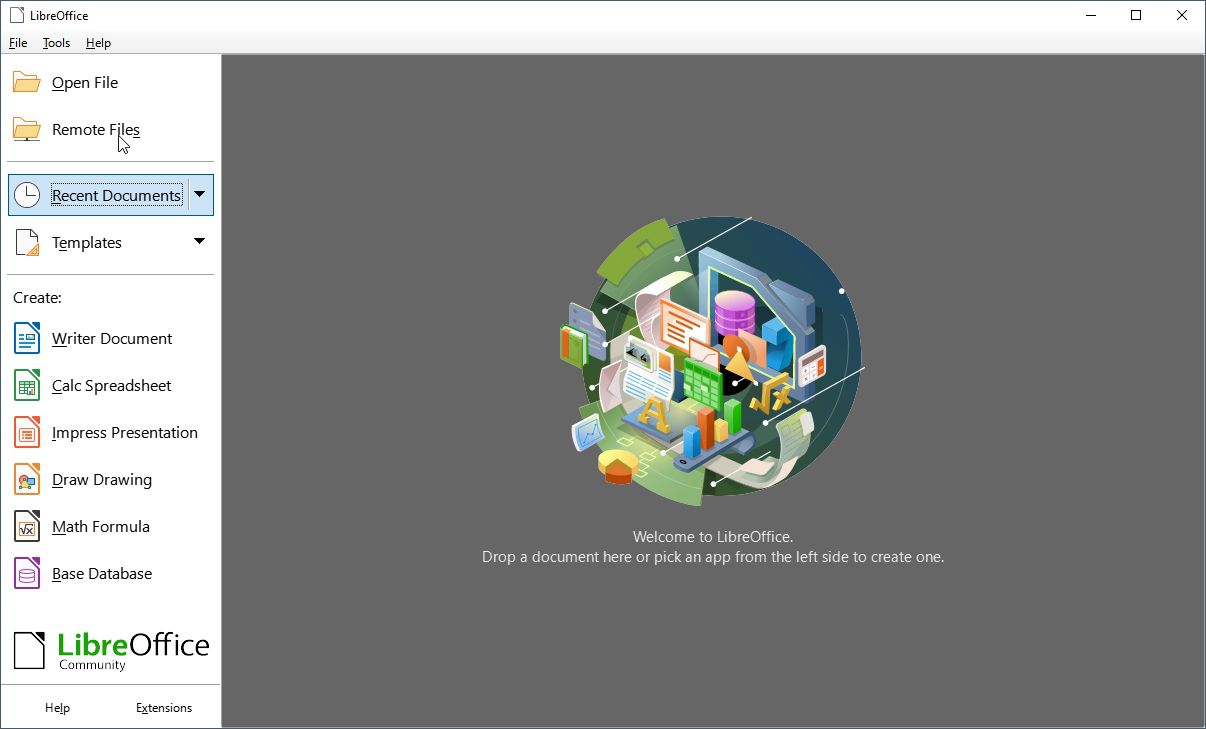
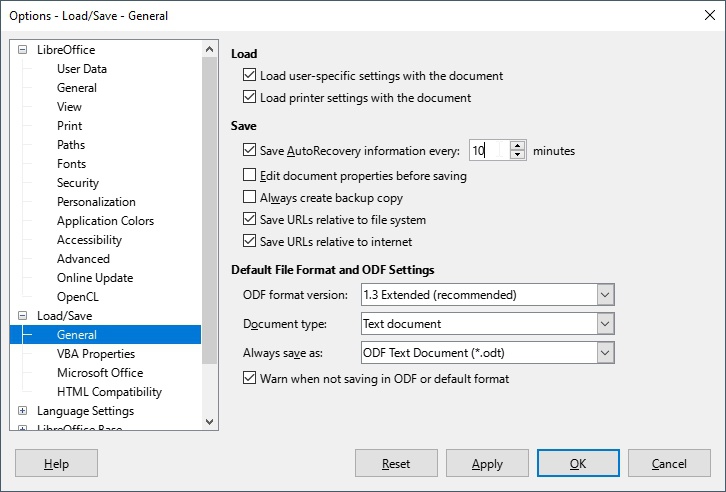
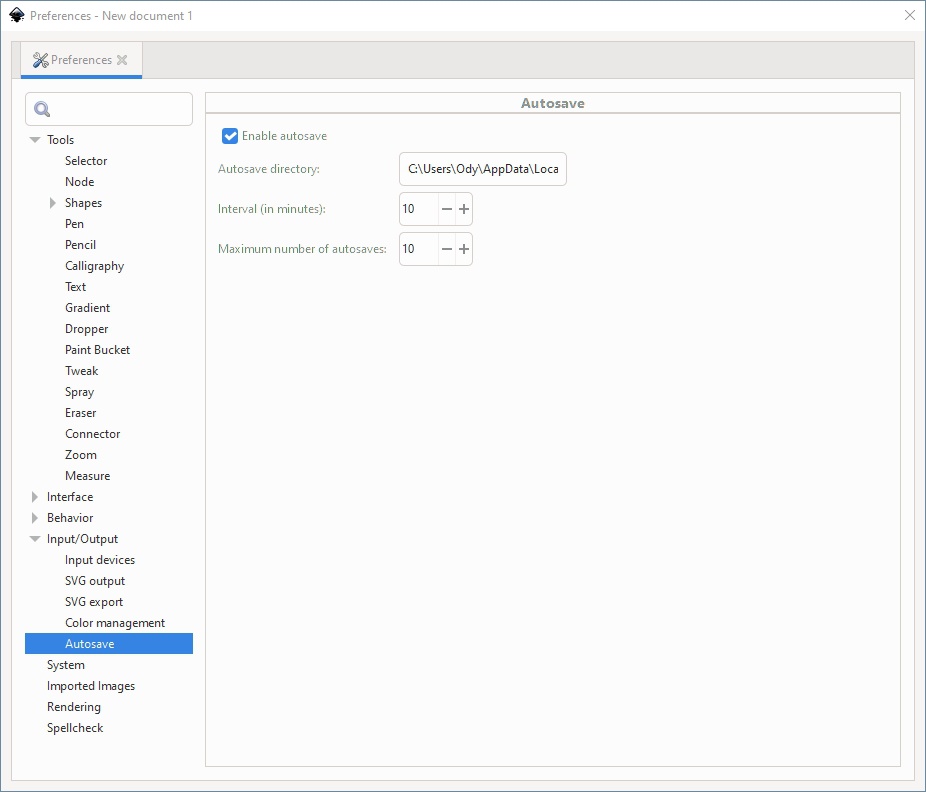
InkScape is popular and free, but, admittedly, Photoshop remains the king for media manipulation. If you’re a fan (and customer) of Adobe, and it’s PSD files you’re trying to get back, make sure to check our article dedicated to recovering unsaved or deleted PSD (Photoshop) files.
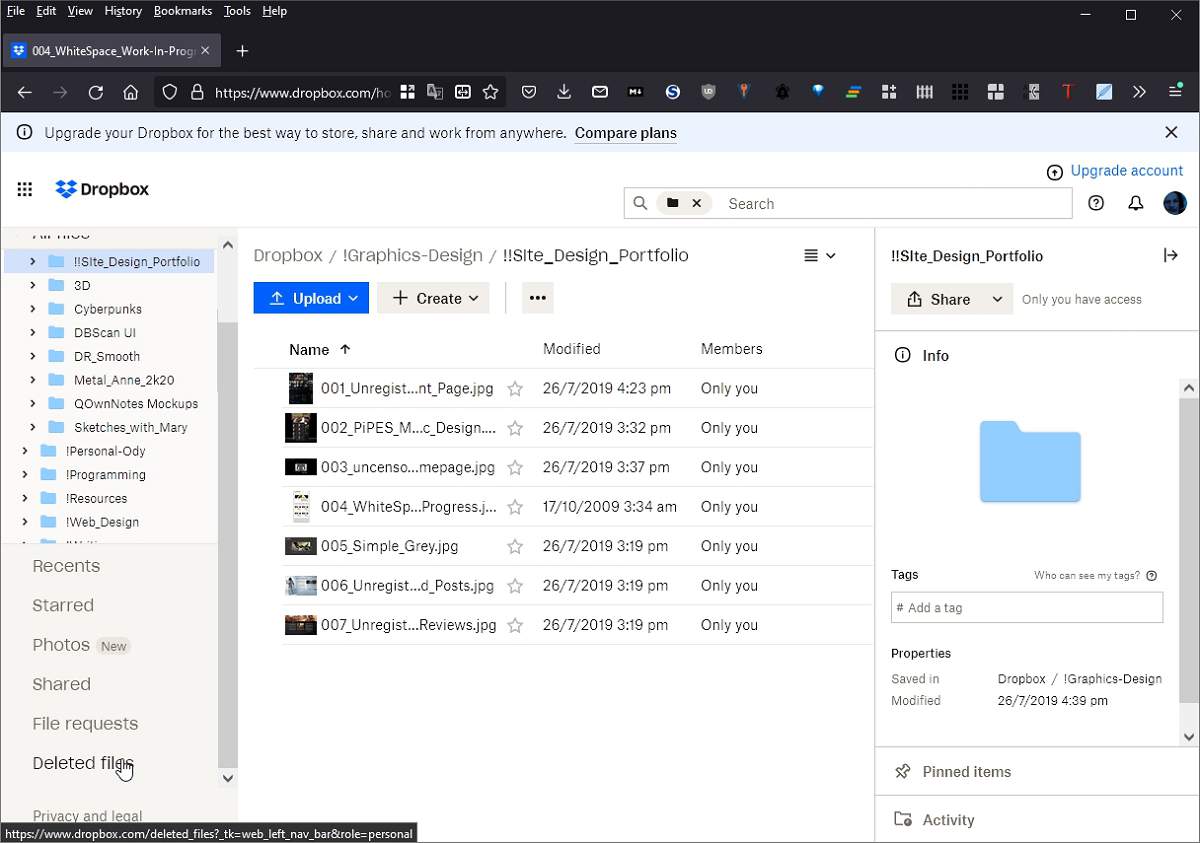
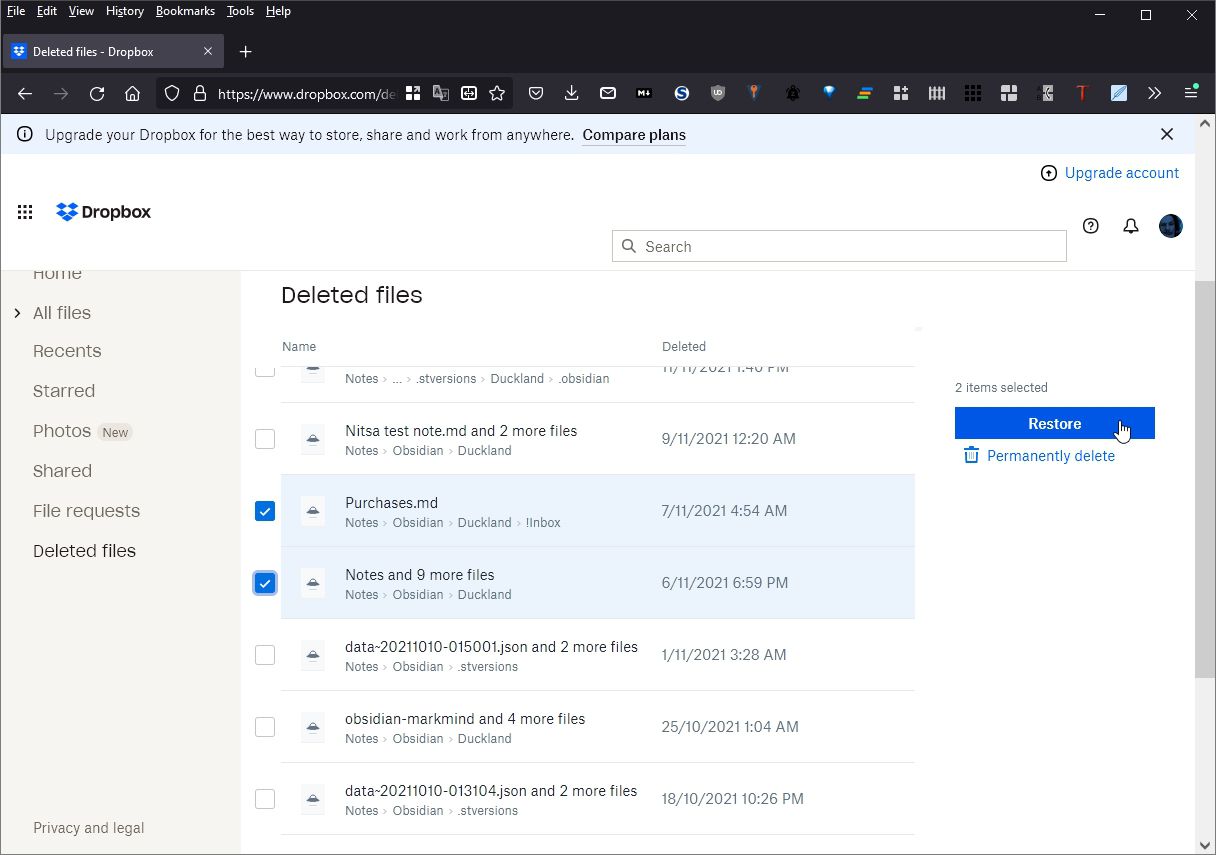
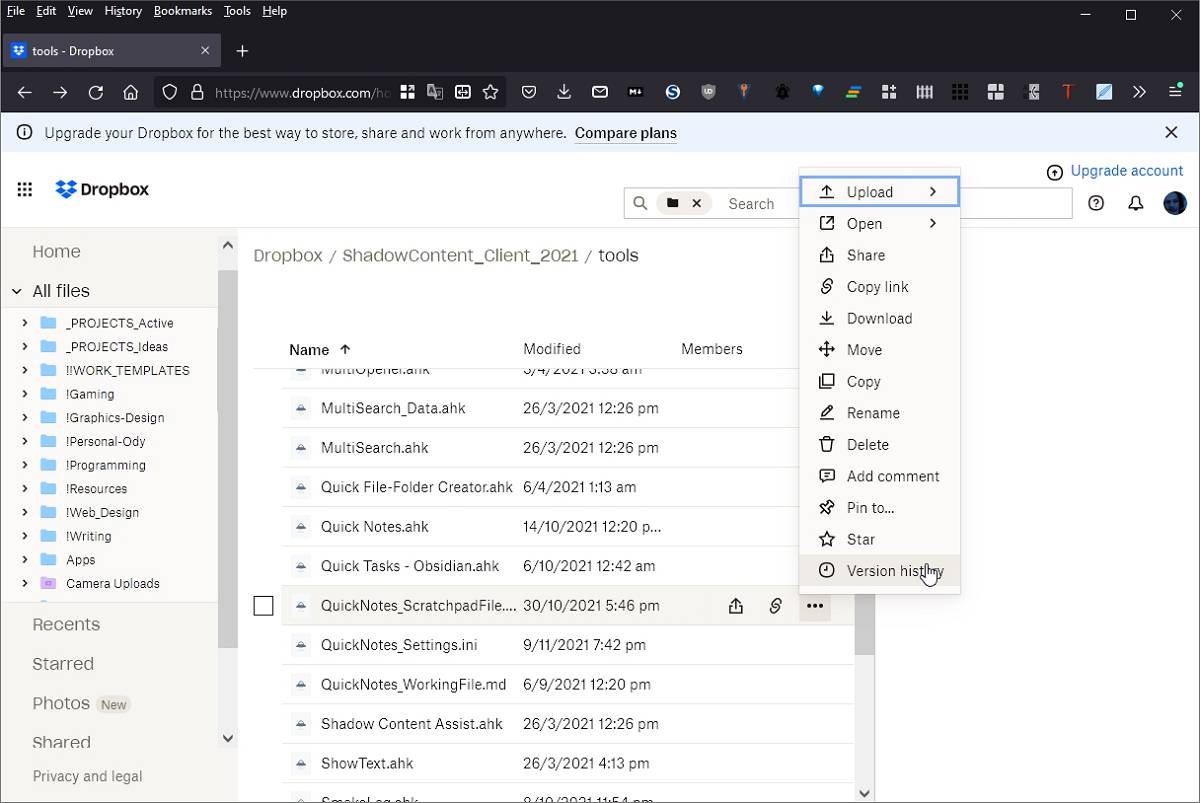
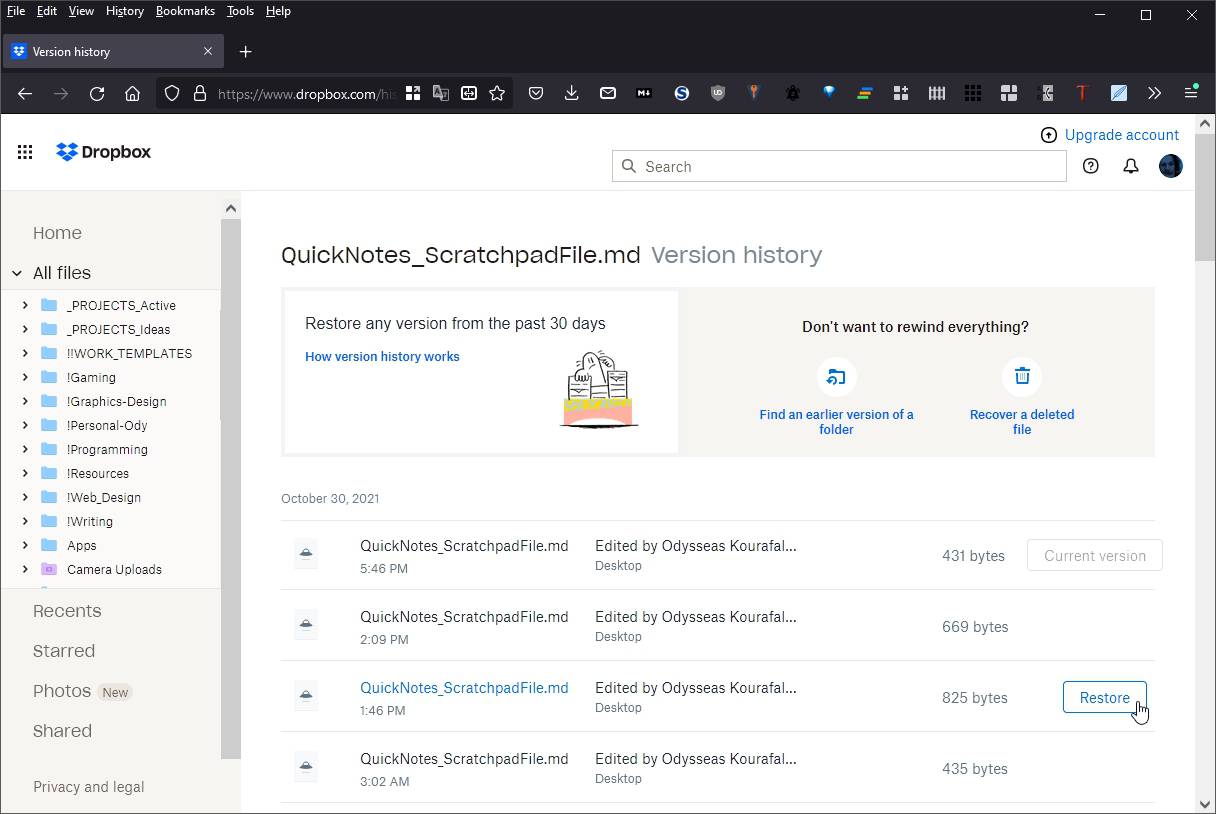
Still, as far as Dropbox goes, you have even more options for getting back your overwritten files, as you’ll find by checking our post with 5 proven solutions to recover deleted files from Dropbox.
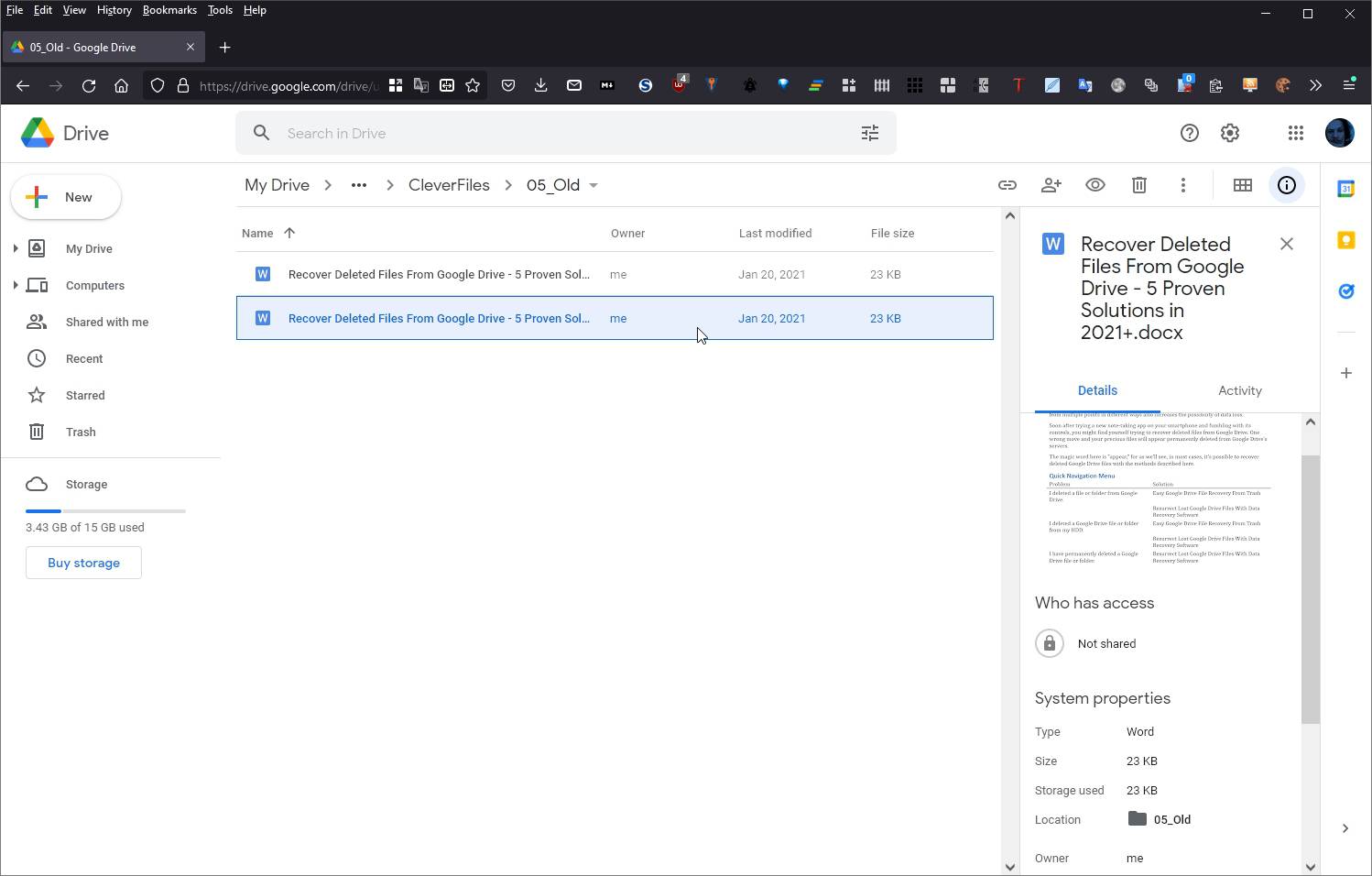
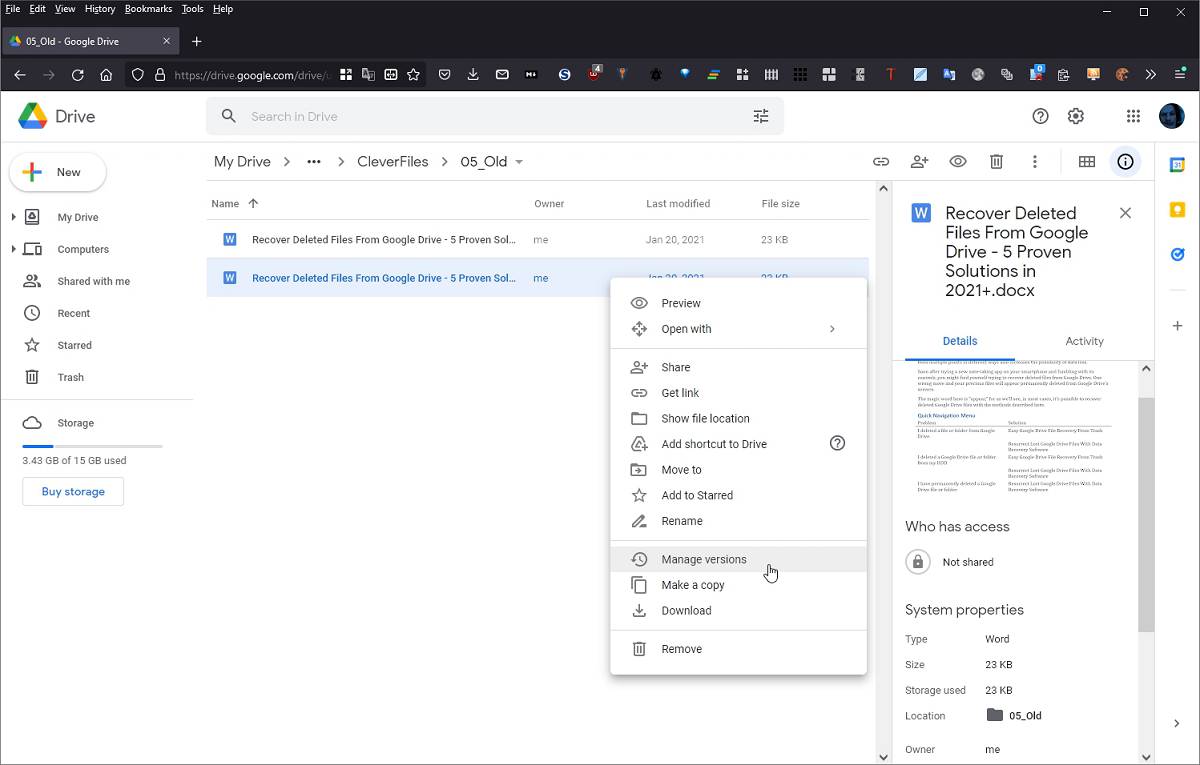
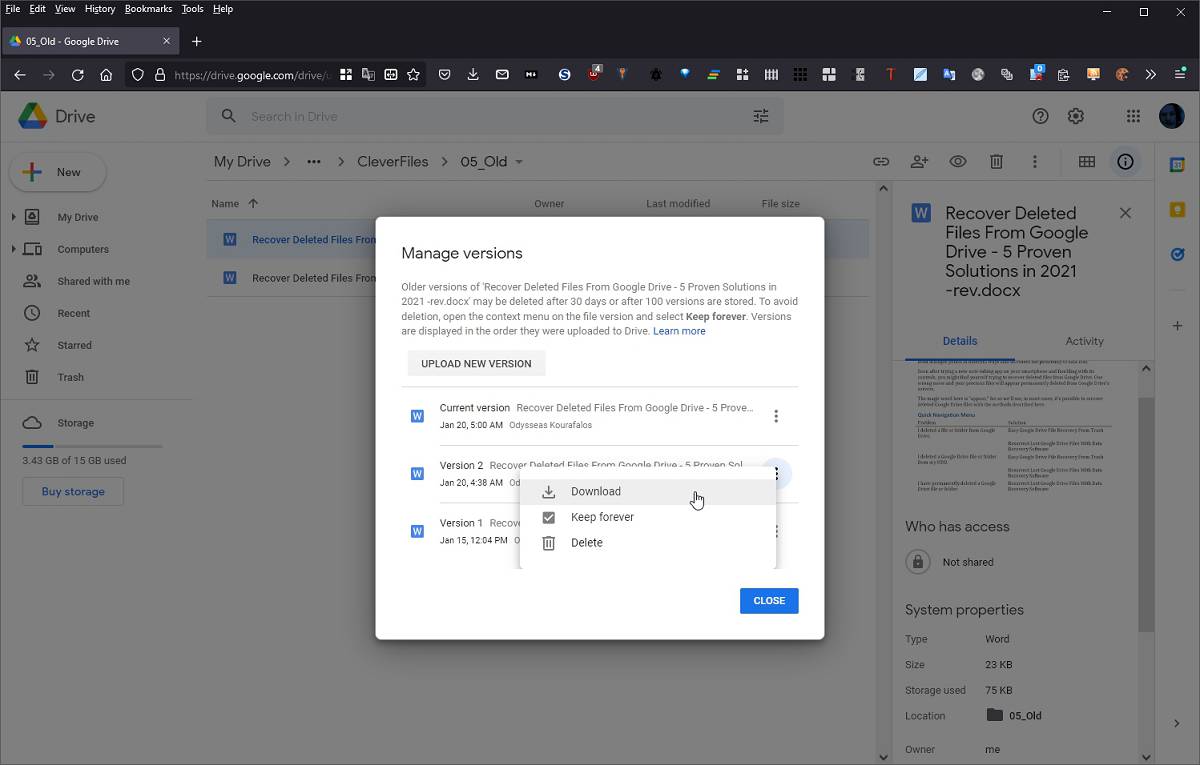
That’s only one way of getting back your lost files from Google Drive. Want more alternatives? Check our article where we go over 5 proven solutions to recover deleted files from Google Drive.
PDF files are no exception, and you also have more than one ways to get them back. However, to avoid repeating ourselves, if that’s what you’re interested in, we believe it’s better to point you to our complete guide on how to recover deleted or even unsaved PDF files on Windows 10.
If you were already using Windows Backup or had enabled File History for some of your folders in Windows 10, getting past versions of your files is easy. However, let’s take it from the beginning and see how those who weren’t using those features can take advantage of them.
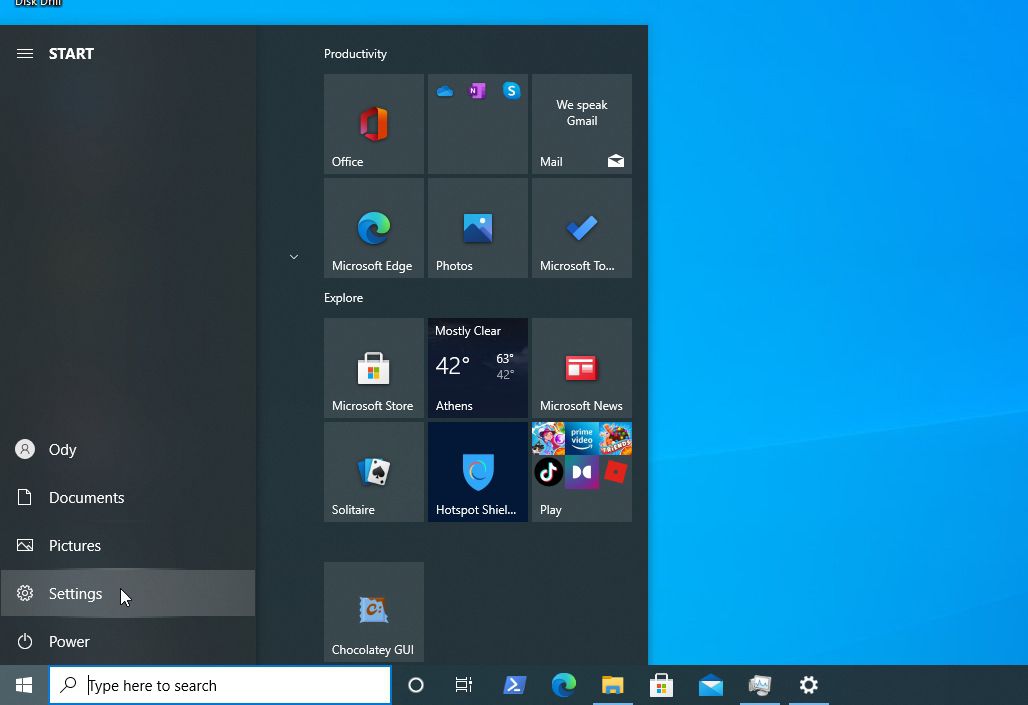
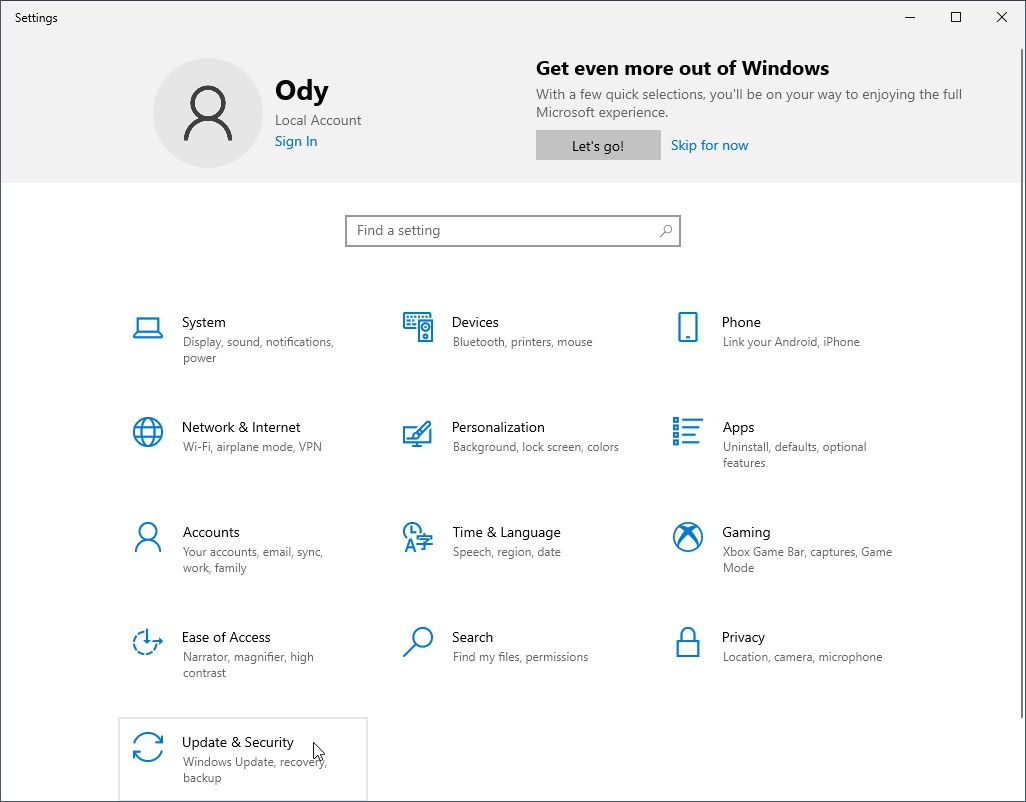
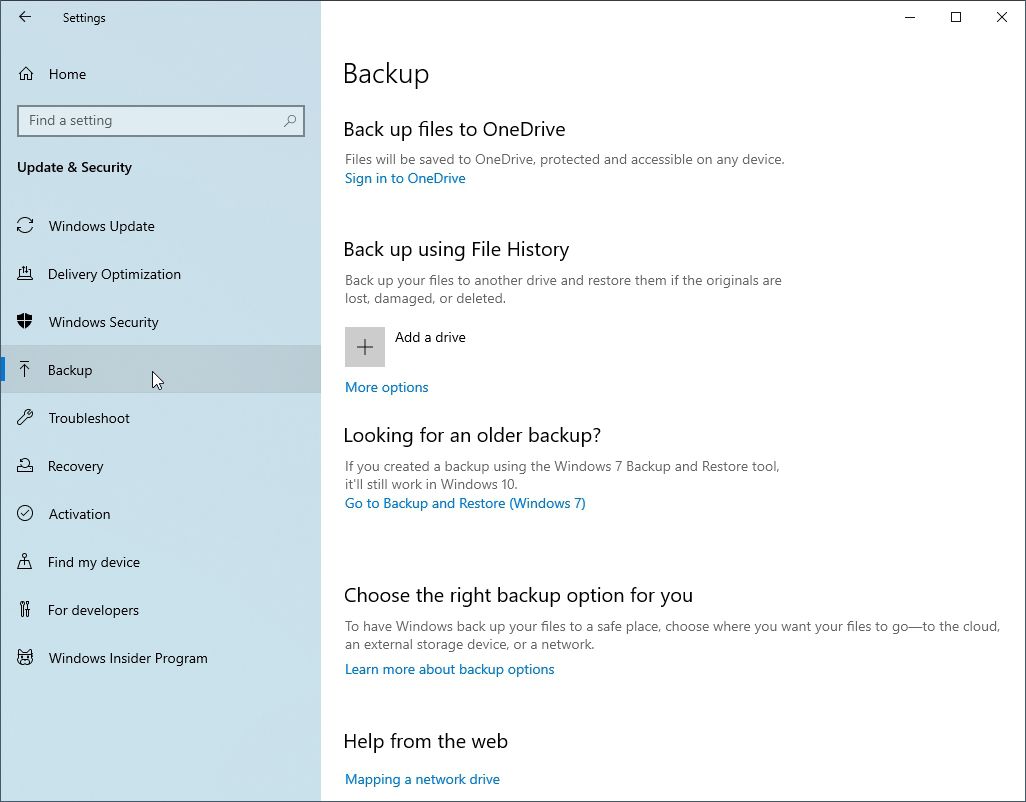
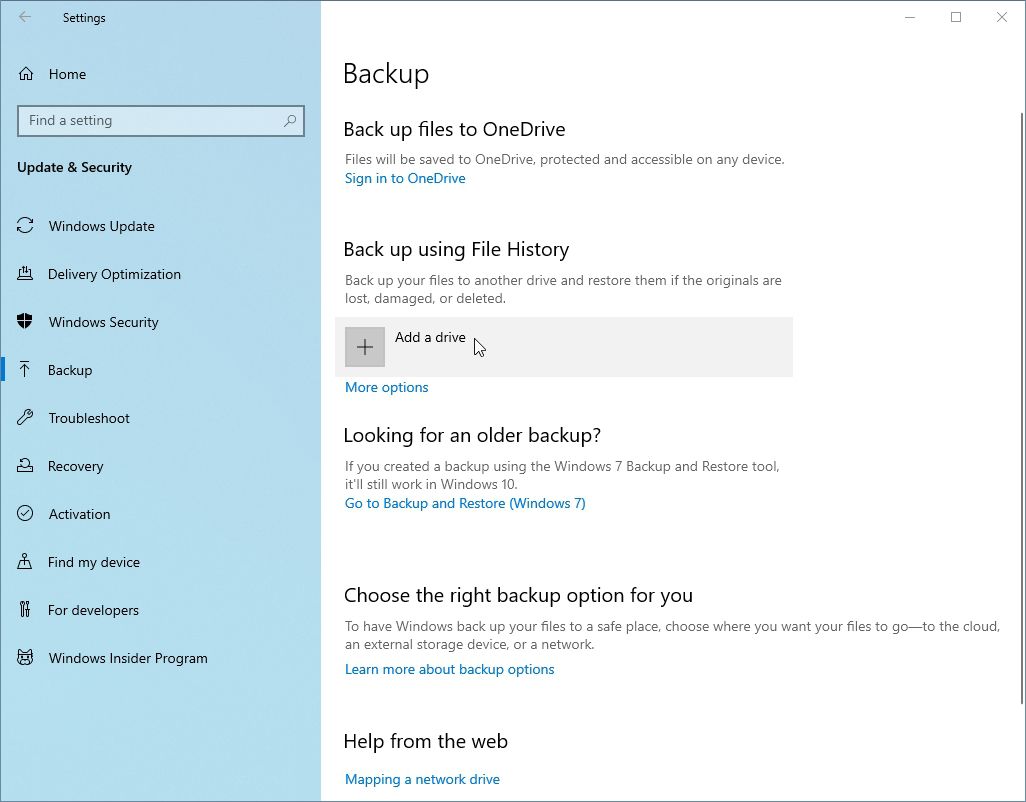
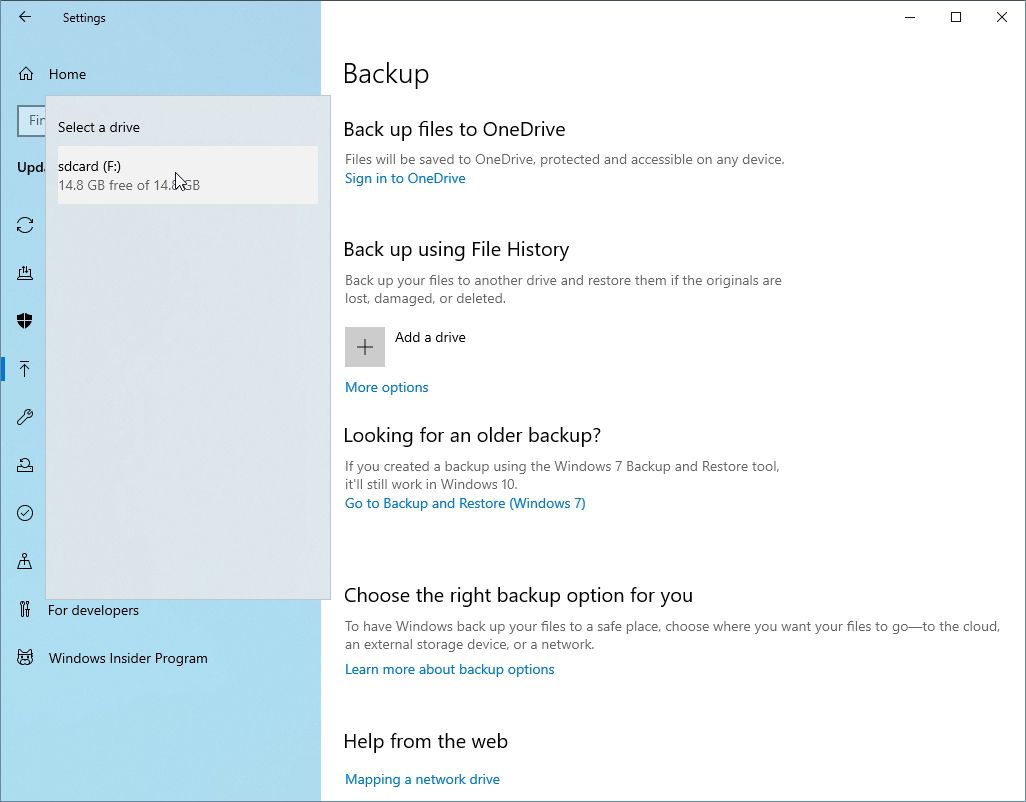
Use “Add a folder” under “Back up these folders” to add more folders to the list and have their contents also backed up.
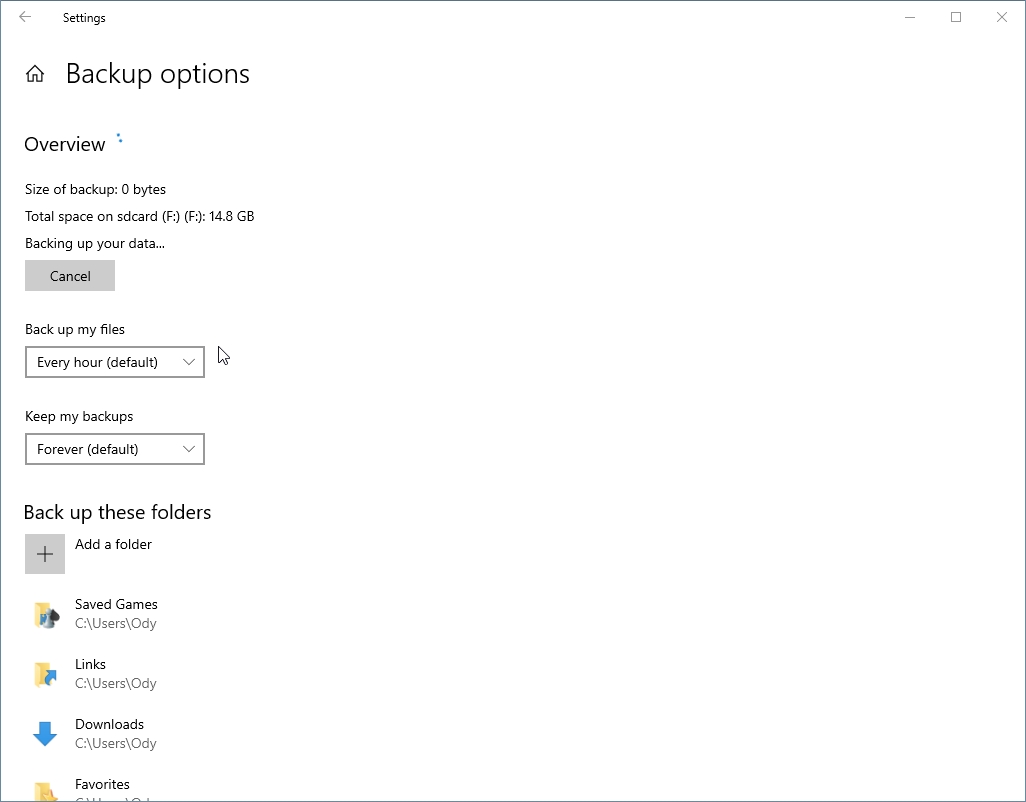
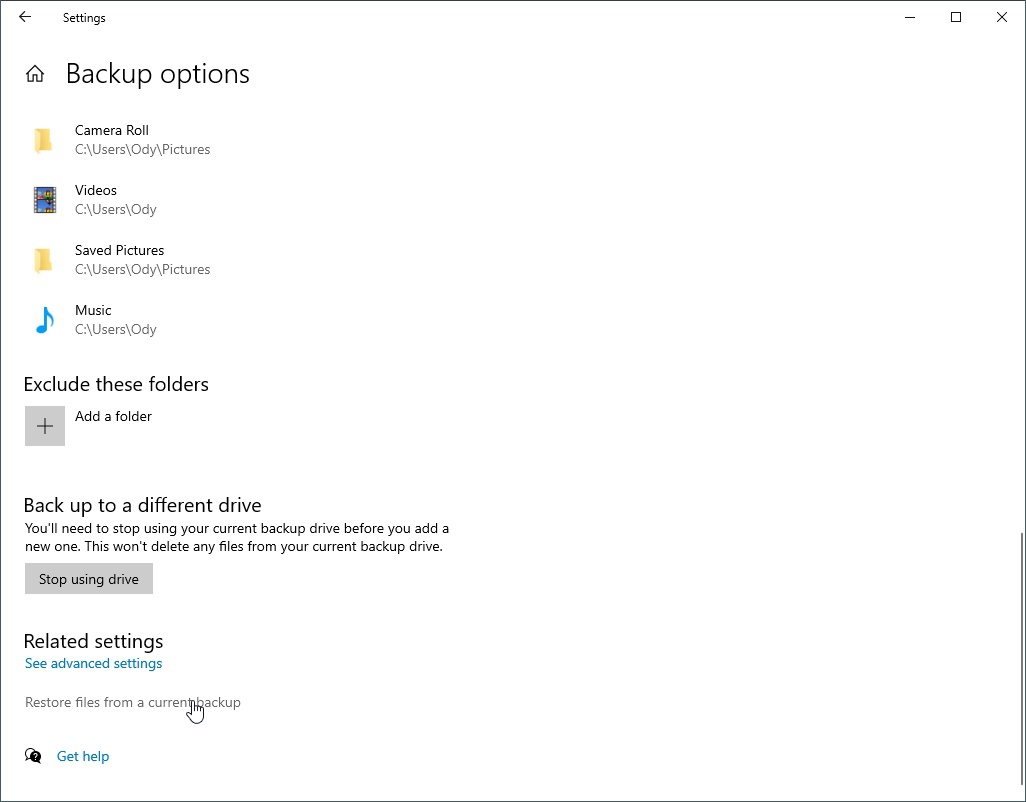
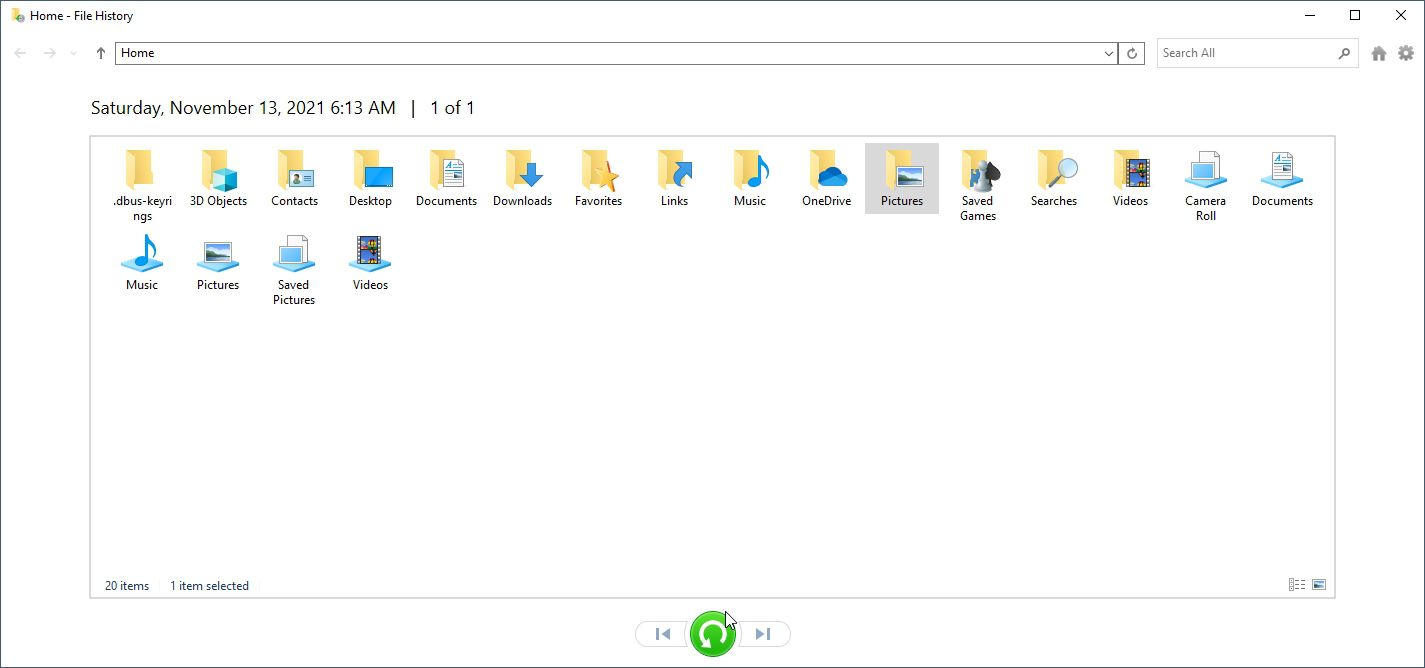
If you don’t want to restore a particular overwritten file to a previous state, but the whole operating system, System Restore can help with that.
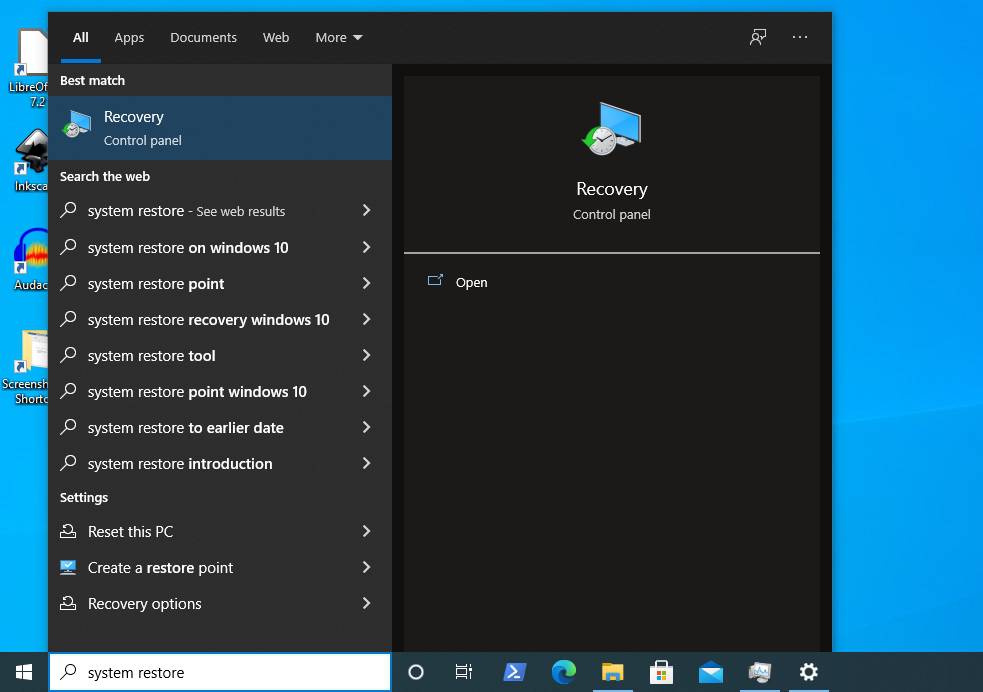
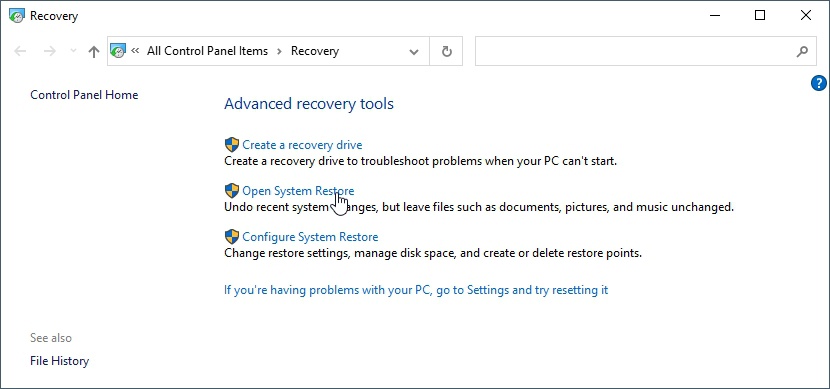
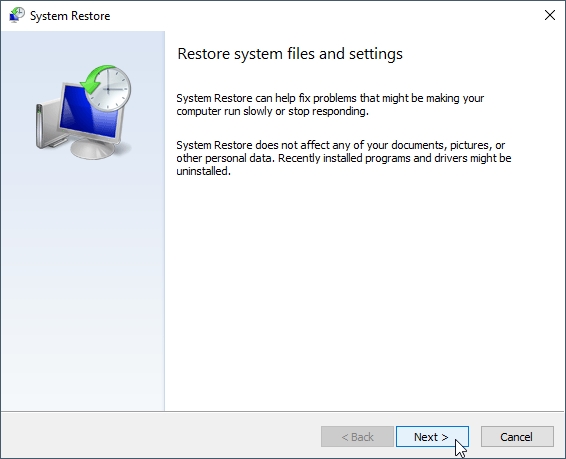
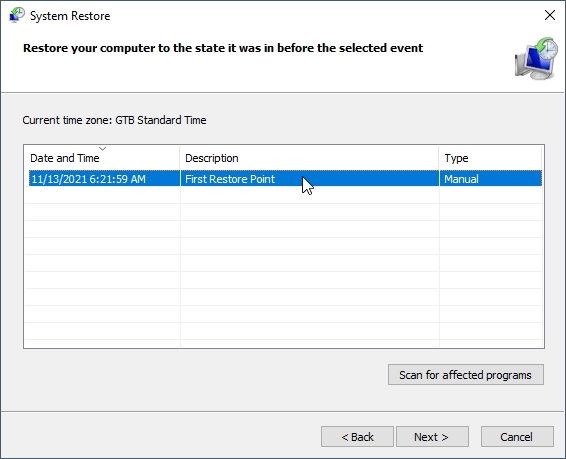
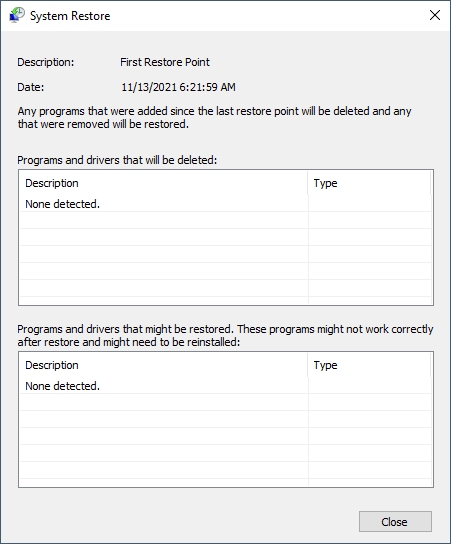
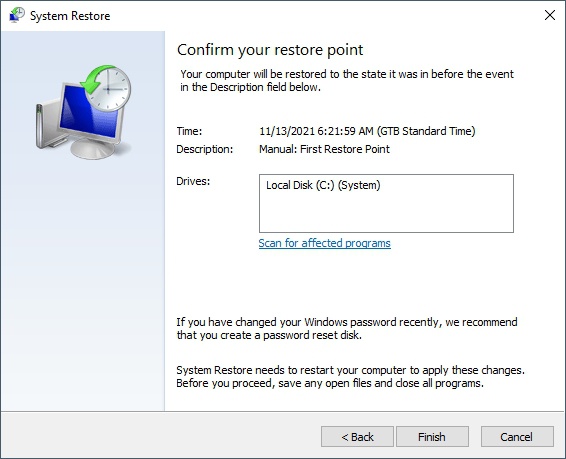
💻 Have you, like many others, already moved to Microsoft’s latest OS? Then, maybe it would be better if you checked our overview of available data recovery features & software for recovering deleted files on Windows 11.
If you have been using a tool like CloneZilla to keep backups of your data, you can restore your overwritten files from them. However, each backup solution is different, leading to various ways of getting back your accidentally replaced files.
Some of them allow you to “open” a backup through their interface and “fish out” individual files. For others, like CloneZilla, you might have to “mount” a backup file as a virtual drive. You could then copy your files from it as if it were a standard storage device, using a file manager.
Thus, we won’t go over such solutions, for each is different in its approach. Check out your backup solution‘s documentation to find out how you can restore your overwritten files from the backups you have available.
As we saw, there are multiple ways you can recover your accidentally deleted data even if technically, and when talking literally, that’s impossible. Thanks to the safeguards built in our modern operating systems and software, the impossible can become quite possible.
Even if you can’t really recover truly overwritten files, and the methods we saw are solutions for sidestepping the problem, it doesn’t matter if they lead to the intended result: getting your precious data back.
It’s not merely hard; it’s impossible if they’ve been fully overwritten because all of their data will have been replaced by new files.
Most are different types of backups, created by third-party tools, the operating system, or the app from where they originated. Do your files still exist in some form or alternate version on a storage device? You can probably get them back using a specialized data recovery solution.
It depends on many factors, so, unfortunately, there isn’t a definitive answer to this question. Did you keep backups? Were they stored in Dropbox or Google Drive? Were you using System Restore? What might be “the best way” for one will not work for another.
Enable all safeguards in your operating system and individual applications for taking automated backups and keeping previous versions available. Then, add manual System Restore points and third-party backup tools to the mix to almost eliminate any chance of data loss in the future.
Does “no previous versions available” translate to no versioning, backups, or shadow copy? Then, a specialized data recovery tool like Disk Drill is probably your last resort. Such a tool might be able to recover remnants of your files that haven’t yet been fully overwritten.
Theoretically, there is no difference. Practically, an external hard drive might not have been included in automated OS backups or had OS “protection” enabled on it. Thus, you might have fewer options for getting your files back from it.
Mostly yes, since Windows 10 includes all backup tools and data protection functionality of its ancestors. However, older versions of third-party backup software might be incompatible with it. Thus, you might have to upgrade them to recover data from backups you created with them in a previous version of Windows.
Recovering from an external hard disk drive on a Mac shouldn’t be different than recovering from internal ones.
Yes, but it still depends on many factors, like the apps you were using, if you had third-party software backing up your data, the filesystem of the storage device where the files resided, etc.
Unfortunately, the answer to this is a single, simple, clear, and direct “nope”.
About article Editor-in-Chief Odysseas KourafalosThis article was written by Odysseas Kourafalos, a Editor-in-Chief at Handy Recovery Advisor. It was also verified for technical accuracy by Andrey Vasilyev, our editorial advisor.
Curious about our content creation process? Take a look at our Editor Guidelines.